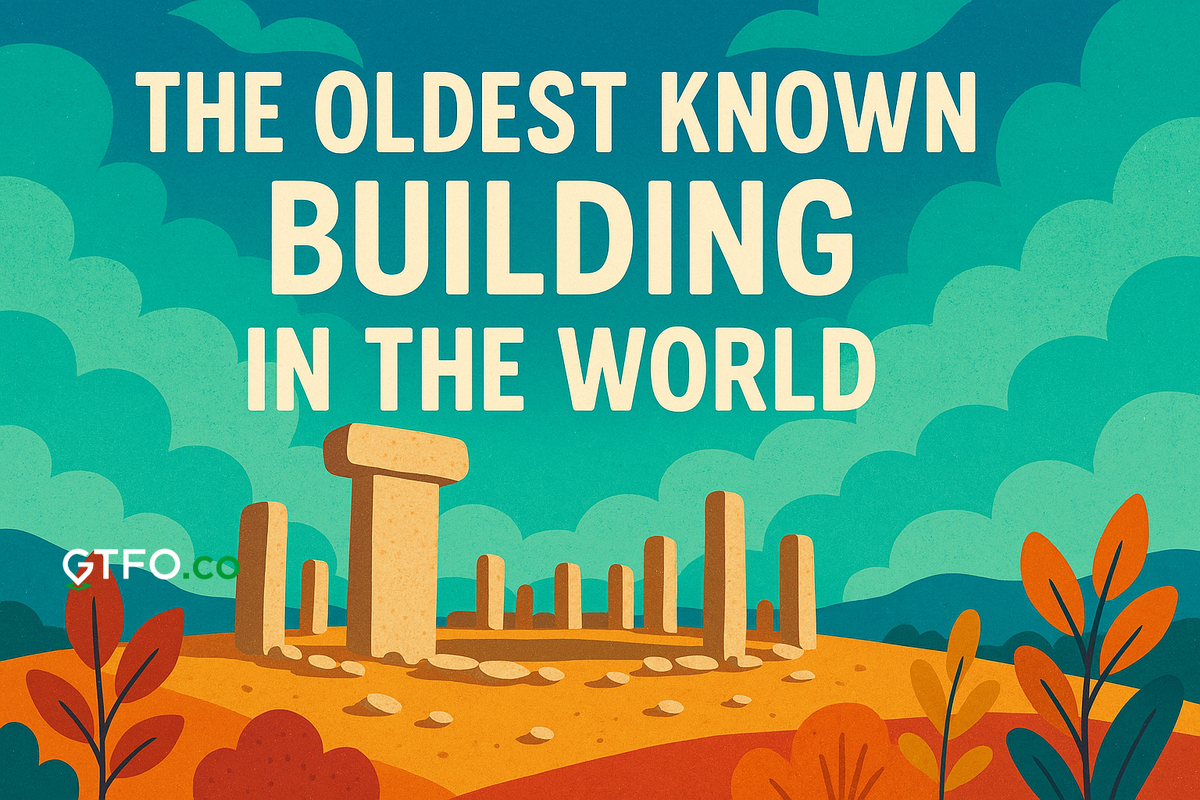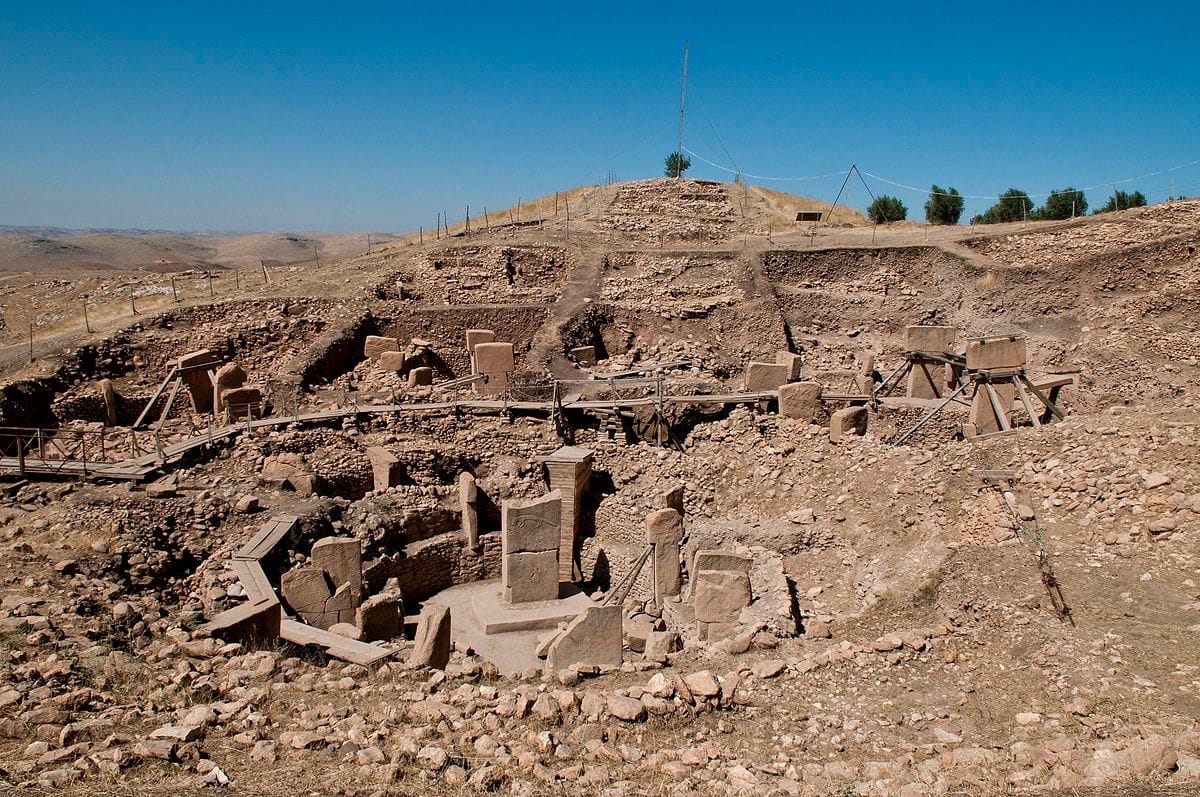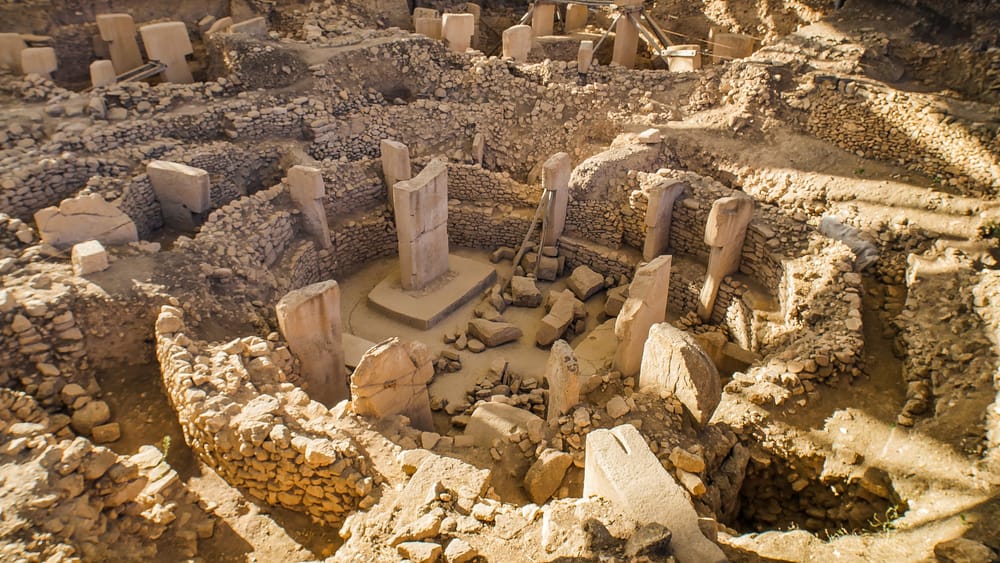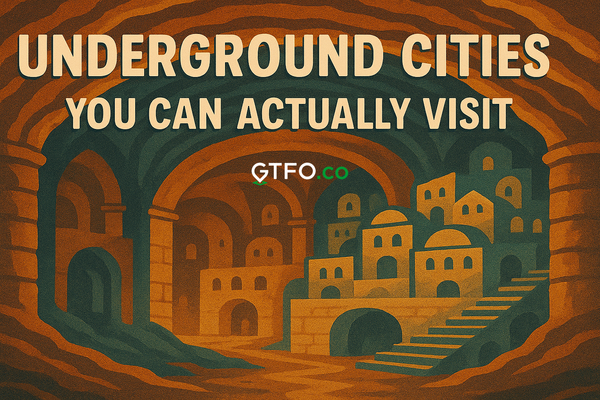Göbekli Tepe: The Oldest Known Building in the World

Before the pyramids. Before Stonehenge. Before any known city, temple, or civilization, there was Göbekli Tepe. Built more than 11,000 years ago in what’s now southeastern Turkey, this prehistoric site has flipped the script on everything we thought we knew about early humans. Here’s why it matters, what’s been found, and how to see it for yourself.
Key Takeaways
- Göbekli Tepe is currently the oldest known monumental structure in the world, dating back to around 9600 BCE.
- It was built before agriculture, cities, or written language—by hunter-gatherers.
- The site features massive carved stone pillars, some weighing up to 20 tons, arranged in circular enclosures.
- Its discovery challenges long-held ideas about how and when organized religion, society, and architecture began.
- You can visit Göbekli Tepe today—Turkey has developed the site with a museum and visitor center.

What Is Göbekli Tepe?
Located near the city of Şanlıurfa in southeastern Turkey, Göbekli Tepe is an archaeological site built by prehistoric people more than 11,000 years ago—long before writing, wheels, or permanent settlements.
It consists of massive T-shaped stone pillars, arranged in rings and decorated with intricate carvings of animals, abstract symbols, and humanoid figures. Some of these stones stand over 16 feet tall and weigh up to 20 tons.
The kicker? All of this was built by hunter-gatherers, not farmers or city-builders. That alone flips a major switch in our understanding of how civilizations began.
How Old Is Göbekli Tepe?
Conservatively dated at 9600 BCE, Göbekli Tepe is over 7,000 years older than the Pyramids of Giza, and more than 6,000 years older than Stonehenge.
That means:
- It predates pottery.
- It predates metal tools.
- It predates the invention of the wheel.
- It may even predate organized religion as we understand it.
And yet, it’s a massive, purpose-built structure. That kind of organized effort usually implies a settled, agricultural society—but Göbekli Tepe came first.

Why It Matters: A History-Changer
Until Göbekli Tepe was uncovered in the 1990s, the conventional wisdom was that humans settled into villages first (thanks to agriculture), and then developed religion and temples.
Göbekli Tepe turns that upside down.
Here, it looks like early humans may have gathered for religious or ritual reasons, and those gatherings led to settlements and agriculture, not the other way around.
In short: big ideas brought people together before big harvests did.
That makes Göbekli Tepe one of the most significant archaeological discoveries of the last century.

What’s at the Site?
1. Monumental Pillars
- Dozens of upright T-shaped megaliths, often in circular formations.
- Each pillar can weigh 10–20 tons.
- Many are carved with detailed imagery: snakes, foxes, vultures, scorpions, wild boars.
2. Carvings and Reliefs
- Not just decoration, some believe these images held religious or symbolic meaning.
- One famous pillar (called Pillar 43, or the “Vulture Stone”) may even reference astronomical events or a proto-calendar.
3. Layered Construction
- Göbekli Tepe wasn’t built all at once. It was used and added to for over a thousand years.
- Later generations buried older enclosures and built new ones over them.
4. No Signs of Settlement
- No houses, no trash heaps, no daily-use tools—this wasn’t a village.
- It seems to have been a ceremonial or gathering place, not a residential one.
Who Built It?
We don’t know their names or exact culture, but we know this: they were hunter-gatherers with no permanent homes, no metal, and no written language.
And yet, they:
- Organized large groups of people
- Quarried and transported massive stones
- Planned and aligned structures with precision
- Carved detailed art into limestone without metal tools
That suggests far more social and cognitive complexity than archaeologists previously believed possible for that time.
Why Was It Buried?
Sometime around 8000 BCE, Göbekli Tepe was intentionally backfilled, buried under layers of soil, stone, and debris.
Was it a ritual closure? A shift in religious belief? No one knows for sure. But the burial preserved the site remarkably well, allowing modern archaeologists to uncover it almost intact.
And here's the wild part: less than 10% of the site has been excavated. There’s a whole lot more still underground.
Can You Visit Göbekli Tepe?
Yes. Turkey has developed the site for tourism in recent years, and it’s absolutely visitable.
What to Expect:
- A covered walkway around the main enclosures
- Clear signage and a well-done on-site museum
- A visitor center with exhibits and context
- English-language tours and guides available
Best Time to Go:
Spring or fall. Summers can get brutally hot, and winters are cold and rainy.
How to Get There:
Fly into Şanlıurfa (GAP Airport). From there, it’s about a 30-minute drive to the site. You can rent a car or take a guided tour.
Pair It With Other Stops
Göbekli Tepe is deep history, but Turkey also offers natural wonders, epic coastlines, and underrated destinations. You can:
- Road trip to Nemrut Dağı, the mountain with giant stone heads
- Head west to Cappadocia for hot-air balloons and cave dwellings
- Add a beach break on the Turkish Riviera
If you're planning something longer or more ambitious, tie it into a bigger trip across the Middle East and Mediterranean—but check travel advisories first.
Bottom Line
Göbekli Tepe isn't just old—it’s revolutionary.
It proves that humans were building, believing, and organizing thousands of years before we thought they could.
It redefines what ancient means. It challenges how we think civilization started. And it reminds us that for all our tech and tools, there’s still mystery buried just beneath the surface—literally.
If you care about history, culture, or just seeing something that straight-up blows your mind, Göbekli Tepe belongs on your list.
Common Questions
Q: How old is Göbekli Tepe really?
Roughly 11,600 years. It dates back to around 9600 BCE, making it the world’s oldest known monumental structure.
Q: Is it older than the pyramids?
Yes. By over 7,000 years.
Q: Why isn’t it more famous?
It’s remote, only recently discovered (mid-1990s), and much of it is still unexcavated. But awareness is growing.
Q: Is Göbekli Tepe hard to get to?
Not at all. Fly into Şanlıurfa, Turkey, and it’s a short drive or guided tour away.
Q: Can I visit it on a budget?
Yes. Turkey is relatively affordable, and Göbekli Tepe is open to the public with low entrance fees.
Interest in more ancient ruins in Europe? Check out our list here.





